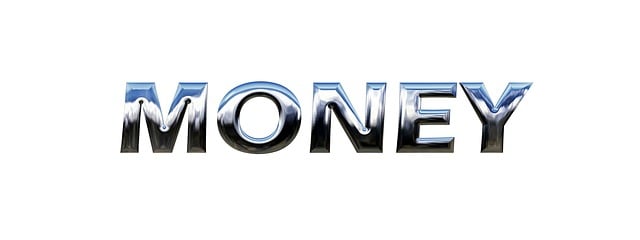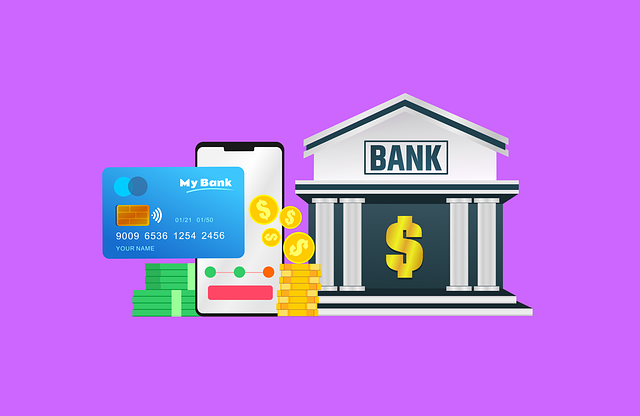A Business Line of Credit (BLOC) is a flexible financing option for SMEs, offering revenue-based funding instead of traditional loans. It allows businesses to borrow only what they need, repaying as their revenue grows, secured against future sales or assets. BLOCs are ideal for covering expenses, seizing market opportunities, and investing in growth initiatives, providing quick access to capital compared to conventional loan applications. To apply, businesses must submit detailed financial documentation and demonstrate consistent revenue, positive cash flow, and steady sales growth. Effective use involves strategic borrowing aligned with revenue projections, clear spending goals, and detailed record-keeping to optimize revenue-based funding and foster a strong relationship with the lender.
Accessing capital quickly is vital for businesses, especially during unforeseen circumstances. A Business Line of Credit (BLOC) offers a flexible and efficient solution. This article demystifies BLOCs, highlighting their benefits for business growth. We’ll guide you through the process from understanding this financial tool to applying and effectively managing your line of credit. Learn how revenue-based funding can align with a BLOC to enhance cash flow and support your business’s evolving needs.
- Understanding Business Lines of Credit: A BLOC Explained
- Benefits of a Line of Credit for Your Business
- How Does Revenue-Based Funding Work with BLOC?
- Eligibility Criteria: What You Need to Know Before Applying
- The Application Process: Getting Your BLOC Approved
- Utilizing and Managing Your Business Line of Credit Effectively
Understanding Business Lines of Credit: A BLOC Explained

A Business Line of Credit (BLOC) is a flexible and efficient way for businesses to access working capital. Unlike traditional loans with fixed terms and strict repayment schedules, a BLOC offers a revolving credit line that aligns with your company’s cash flow needs. This means you can borrow funds as required, repaying only the amount used, and gain access to new money as your business generates revenue. It’s essentially a partnership between your business and the lender, where the latter provides funding based on your future earnings potential.
For small and medium-sized enterprises (SMEs) looking for rapid revenue-based funding solutions, a BLOC is particularly advantageous. By tapping into your expected future sales, you can quickly secure funds to cover operational expenses, seize market opportunities, or invest in growth initiatives. The credit line is typically secured against accounts receivable, inventory, or other qualifying business assets, providing lenders with a degree of assurance and facilitating faster access to capital compared to traditional loan applications.
Benefits of a Line of Credit for Your Business

Accessing funds swiftly and flexibly is crucial for modern businesses aiming to stay competitive. This is where a business line of credit (BLOC) shines as an effective solution. Unlike traditional loans with fixed terms, a BLOC offers a revolving credit line, allowing entrepreneurs to borrow, repay, and borrow again based on their business needs. This provides significant advantages in several areas.
One of the key benefits is its ability to provide revenue-based funding. The credit line adjusts as your business generates revenue, making it an attractive option for startups or businesses with seasonal income. Moreover, BLOCs offer greater financial flexibility, enabling businesses to cover unexpected expenses, seize market opportunities, or fund growth initiatives without the burden of fixed repayment schedules.
How Does Revenue-Based Funding Work with BLOC?

Business Line of Credit (BLOC) offers a unique and efficient way for businesses to access funds using their revenue streams as collateral. Instead of traditional lending methods that often require extensive documentation and strict eligibility criteria, BLOC focuses on the future cash flow potential of a business. This alternative financing option is particularly appealing for small and medium-sized enterprises (SMEs) looking for quick capital.
With revenue-based funding through BLOC, businesses can obtain a line of credit that is directly tied to their sales or revenue projections. The lender assesses the company’s historical and projected financial data to determine an appropriate credit limit. As the business generates revenue, the available funds in the line of credit increase, providing a flexible and dynamic cash flow solution. This approach ensures that businesses have access to capital when they need it most, whether it’s for inventory purchases, hiring staff, or covering unexpected expenses.
Eligibility Criteria: What You Need to Know Before Applying

Before applying for a Business Line of Credit (BLOC), it’s important to understand the eligibility criteria. Lenders typically consider your business’s financial health, revenue streams, and credit history when evaluating an application. A strong track record of consistent revenue and positive cash flow is usually essential. This includes demonstrating steady sales growth, stable operations, and the ability to meet ongoing financial obligations.
Additionally, lenders may assess your business’s industry sector, market position, and competitive advantage. They’ll want to see potential for future profitability and a clear plan for how you intend to use the funds. Revenue-based funding, where lending is tied to your business’s revenue performance, is often an attractive option. Ensure your financial statements are up-to-date and accurately reflect your business’s financial standing to increase your chances of approval.
The Application Process: Getting Your BLOC Approved

The application process for a Business Line of Credit (BLOC) is designed to be streamlined and efficient, offering businesses quick access to funds when they need it most. To get approved, prospective borrowers will typically need to provide detailed financial information, including tax returns, balance sheets, and profit-and-loss statements. This documentation allows lenders to assess the business’s financial health and revenue potential, which is particularly important for revenue-based funding models that tie the credit limit to a percentage of future sales.
Lenders may also request personal guarantees from business owners, especially if the company is relatively new or has limited historical data. The application usually involves filling out an online form, which requests business specifics like industry, annual revenue, and expected growth trajectory. Once submitted, underwriters review the information, assessing factors such as cash flow management, debt-to-income ratio, and the stability of the business’s market to decide on approval and terms.
Utilizing and Managing Your Business Line of Credit Effectively

Utilizing and managing your business line of credit (BLOC) effectively is key to unlocking its full potential as a revenue-based funding solution. A BLOC works by providing a predetermined amount of credit based on your business’s revenue stream, allowing you to access funds quickly when needed. To make the most of this tool, set clear and realistic spending goals aligned with your cash flow projections. Regularly monitor your account activity, ensuring that borrowing stays within the approved limit.
Effective management involves strategic borrowing for operational needs rather than impulsive purchases. Prioritize funding for essential business expenses like inventory, marketing campaigns, or hiring key personnel. Additionally, maintain detailed records of transactions and stay informed about repayment terms to avoid penalties. By adhering to these practices, you’ll not only maintain a healthy BLOC but also foster a robust financial relationship with your lender, enabling smoother access to funds in the future.






